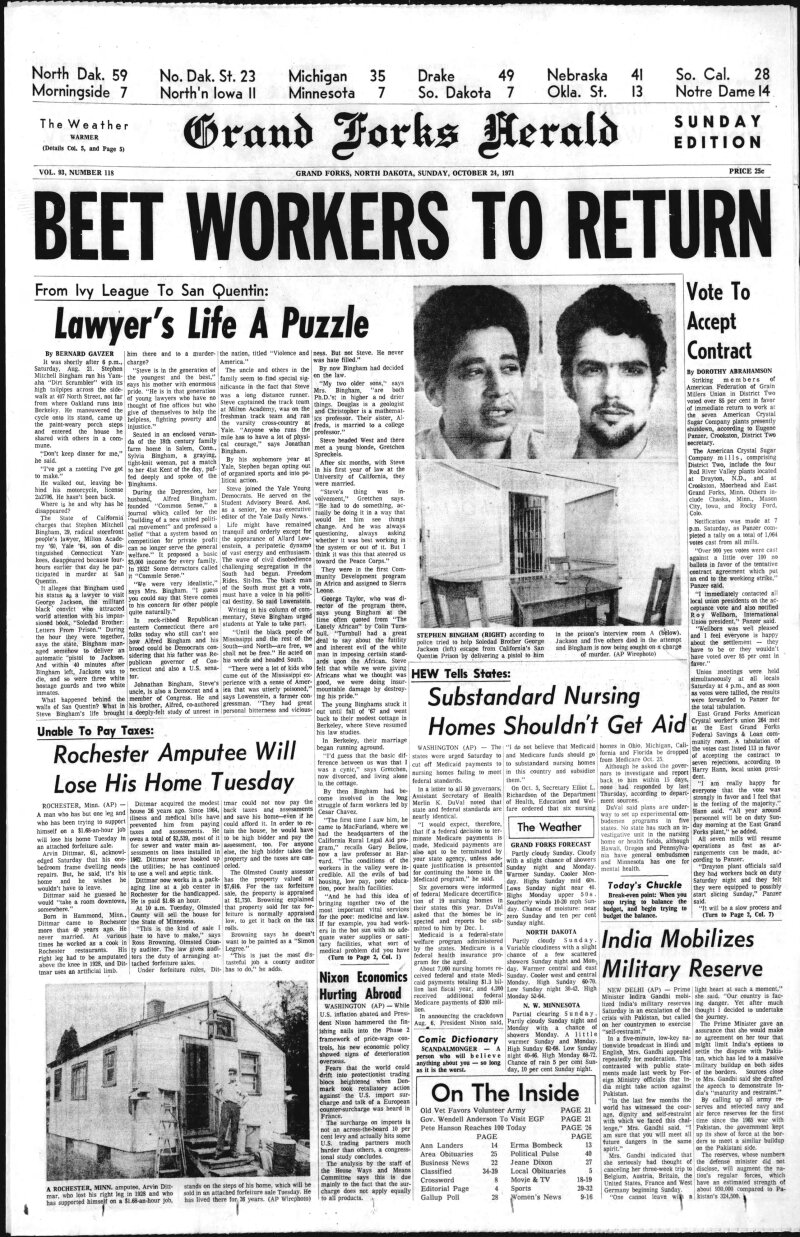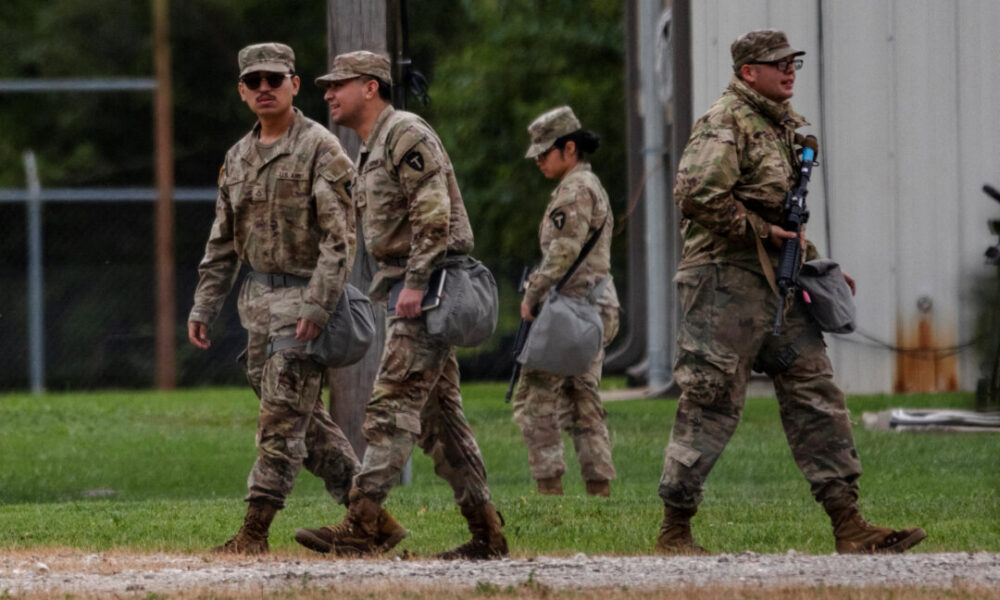UPDATE: In a significant turn of events, workers at the American Crystal Sugar Company have officially returned to work after a week-long strike, marking a crucial victory for labor rights. On October 24, 1971, over 2,000 members of the Grain Millers Union voted with an overwhelming 85% approval to accept a new three-year contract, which promises a substantial 32% pay increase and enhanced benefits.
The strike, which halted operations at seven plants—including four in the Red River Valley—has concluded thanks to the decisive vote held on Saturday, October 23. Union Secretary Eugene Panzer announced that the tally of votes showed more than 900 in favor against just over 100 opposed. “I feel everyone is happy about the settlement,” Panzer stated, highlighting the strong consensus among union members.
The new contract guarantees a 12% pay raise in the first year, followed by 10% increases in the subsequent two years. Workers at the Red River Valley plants located in Drayton, ND, and Crookston, Moorhead, and East Grand Forks, MN are set to resume operations immediately. The Drayton plant is reportedly already preparing to slice beets as early as this Sunday morning, according to Panzer.
In addition to the pay hike, the agreement includes improved fringe benefits, such as a new severance program, enhanced medical coverage, additional vacation time, and a night differential pay scale. Union President Roy Wellborn expressed satisfaction with the outcome, noting the contract’s favorable terms for the workers.
The strike began when negotiations between the union and company broke down, following the expiration of the previous contract on August 1. The urgency of the situation was palpable, as more than 2,000 union members walked off the job to demand better wages and conditions.
Now, as operations ramp up, the focus shifts to restoring full capacity at the plants. Company officials are working diligently to reheat machinery and prepare for a return to normal operations, which could take up to three days.
This historic agreement not only restores livelihoods for the workers but also sets a precedent for labor negotiations in the industry. With the majority of union members voting in favor, the outcome reflects a collective commitment to securing fair treatment and compensation.
As this story unfolds, the implications of this labor victory resonate beyond the Red River Valley, signaling a strong message about the power of organized labor in advocating for workers’ rights.






